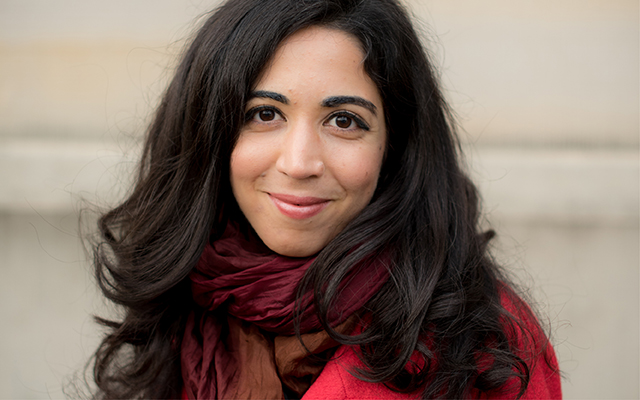The Sanskrit word citta has been translated as “mind,” but its more literal sense connotes a dual concept, more like “heart/mind.” This duality is reflected in the practices of many mindfulness traditions, which combine an awareness of the body with a focus on the activities and attention of the mind.
So the emphasis on the breath in many meditation traditions is more than a strategy for distracting the brain (though it also serves that purpose quite well). Concentrating on long, deep breaths slows the central nervous system and creates a state of physical relaxation in which the separation between mind and body dissolves.
Whatever mindfulness-related activity you might pursue, keep these things in mind:
- Gradually increase your perception of the breath. Notice how, at first, your awareness is in your chest and lungs. Allow it to move to the fine sensations of air passing into and out of your nostrils.
- Relax and befriend your mind, no matter what it’s doing. Acceptance and interest will serve you better than fighting your mind’s habit of activity.
- Remember that physical and mental relaxation go hand in hand. If you feel your mind or body starting to relax, lean into the feeling by noticing and enjoying it.
- Know that every thought and sensation is normal and an important part of your journey. There’s no need to compare, judge, or scold yourself.
- Each day, aim to take five long, deep breaths while reflecting without judgment on your feelings and thoughts. If you experience a feeling of peace and relaxation, even for a second, compliment yourself on the good job you’re doing.
This originally appeared in “Beyond Meditation” in the July/August 2019 print issue of Experience Life.




This Post Has 0 Comments